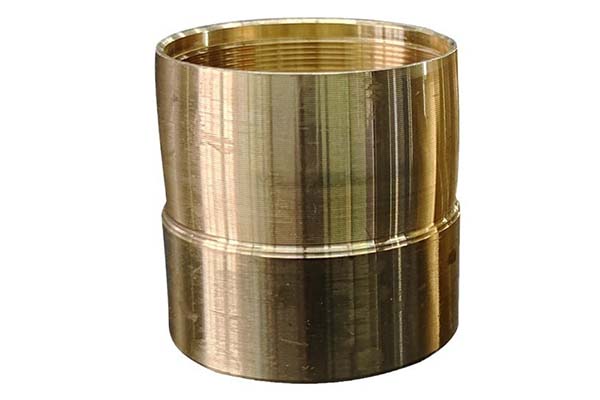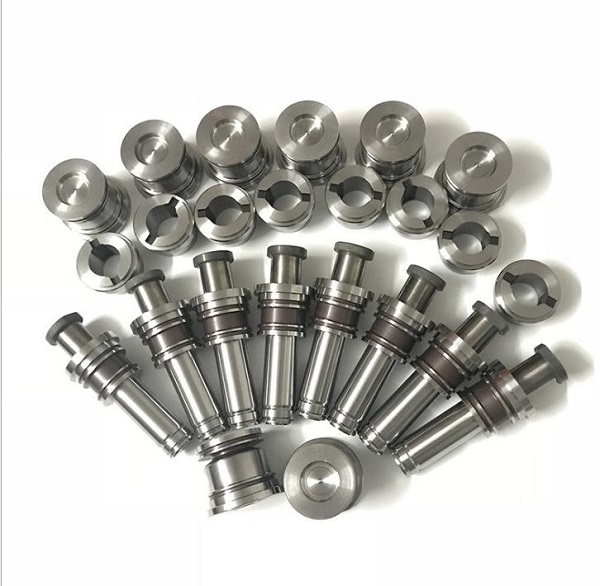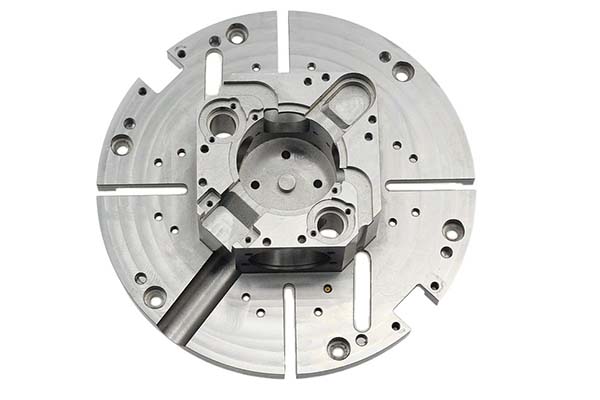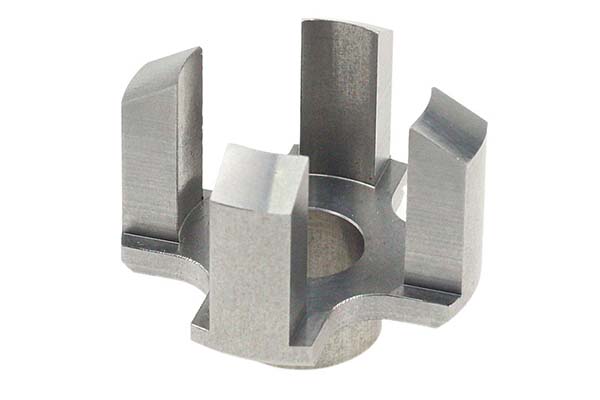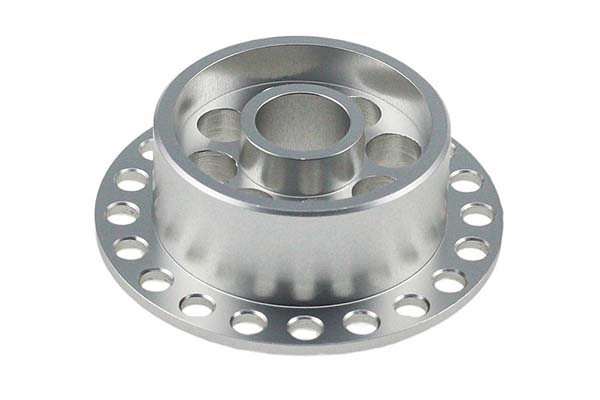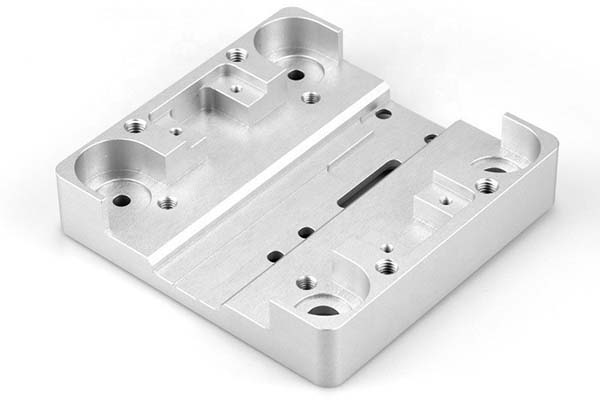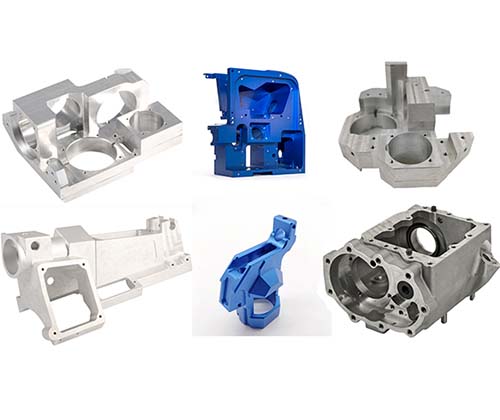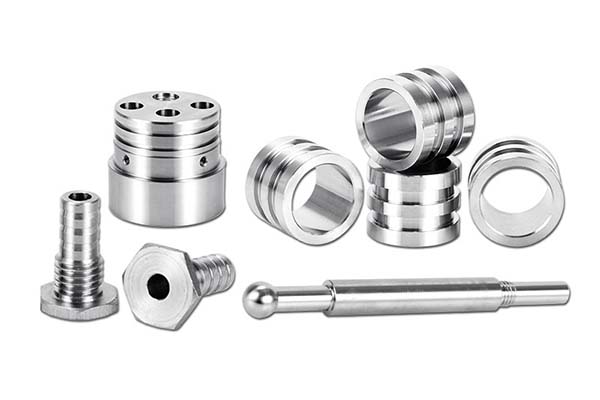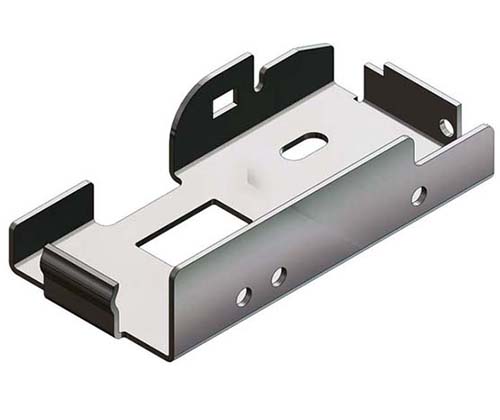Manufacturers in need of a material that can withstand repeated stress, resist corrosion, and maintain electrical conductivity often struggle to find a single solution. Many alloys offer strength but lack ductility, while others provide corrosion resistance at the cost of wear performance. This is where Metal Stamping C5191 (Phosphor Bronze) excels. As a copper-tin-phosphorus alloy, C5191 delivers a unique combination of high strength, fatigue resistance, and conductivity, making it a top choice for critical components. However, stamping it requires careful handling to overcome its higher hardness and avoid issues like cracking or uneven forming. In this guide, we’ll address these challenges, exploring C5191’s properties, processes, and applications to help you achieve consistent, high-quality results.
Material Characteristics of Metal Stamping C5191
C5191’s exceptional performance stems from its well-balanced composition: approximately 95% copper, 5% tin, and 0.03–0.35% phosphorus. This blend creates a material with standout properties:
- Mechanical Properties: Tensile strength ranges from 480 MPa (annealed) to 965 MPa (cold-worked), paired with 10–30% elongation. This makes it significantly stronger than brass while retaining enough ductility for stamping.
- Corrosion Resistance: Superior to many copper alloys, C5191 resists tarnishing in humid environments and stands up to freshwater and mild chemicals, making it suitable for marine and industrial applications.
- Electrical Conductivity: Moderate conductivity (15–20% IACS) allows it to function in electrical components where signal transmission is critical, such as connectors and switches.
- Thermal Conductivity: Efficient heat dissipation (120–150 W/m·K) prevents overheating in high-use parts like springs and terminals.
These characteristics make C5191 Phosphor Bronze a reliable choice for components that demand long-term performance under stress.
Applications of Phosphor Bronze C5191
C5191’s unique properties make it indispensable in industries where reliability is non-negotiable:
- Electrical Components: Used in relay contacts and switch mechanisms, where its conductivity and wear resistance ensure consistent performance over thousands of cycles.
- Connectors: Maintains a secure, low-resistance connection in automotive and aerospace wiring, even with repeated mating and unmating.
- Springs: Excels in battery contacts and valve springs, thanks to its fatigue resistance—it can withstand millions of compressions without losing tension.
- Marine Applications: Resists saltwater corrosion, making it ideal for shipboard hardware and underwater sensors.
- Automotive Parts: Found in fuel injectors and transmission components, where its strength and heat resistance handle extreme operating conditions.
Each application leverages C5191’s ability to perform reliably under stress, corrosion, and repeated use.
Manufacturing Process of Metal Stamping C5191
Stamping C5191 requires techniques tailored to its higher strength and lower ductility compared to brass:
- Stamping Process: Use slower press speeds (10–15 strokes per minute) to allow the material to flow evenly. This reduces the risk of cracking, especially in cold-worked tempers.
- Die Design: Opt for sharp, precision-ground dies made from carbide or D2 tool steel to handle C5191’s hardness. Increase punch-die clearance to 10–12% of material thickness to minimize friction.
- Blanking and Forming: Blanking requires high-pressure presses to ensure clean edges, as C5191’s toughness can cause burring with insufficient force. For forming, use gradual bends with a minimum radius of 1× material thickness to avoid surface cracking.
- Deep Drawing: Possible but limited to shallow draws (maximum ratio 1.5:1) due to lower ductility. Annealing between passes restores workability for complex shapes.
- Heat Treatment: Anneal at 600–700°C for 1–2 hours to soften the material before intensive forming. For springs, a final heat treatment at 300–400°C enhances hardness and sets the spring tension.
Advantages of Using C5191 Phosphor Bronze
C5191 offers clear benefits over other copper alloys and metals:
- High Strength: Outperforms brass (C2600) by 30–50% in tensile strength, making it suitable for load-bearing components.
- Wear Resistance: Phosphorus additions create a hard, fine-grained structure that resists abrasion, extending part life in moving assemblies.
- Ductility: While less malleable than brass, it retains enough flexibility for forming into complex shapes like curved springs and multi-contact terminals.
- Cost-Effectiveness: More affordable than beryllium copper (a competing high-strength alloy), providing similar performance at a lower price point.
- Aesthetic Appeal: Develops a rich, warm patina over time, making it a choice for decorative hardware in architectural and luxury goods.
Quality Control in Metal Stamping C5191 Production
Ensuring C5191 parts meet specifications requires rigorous quality checks:
- Inspection Procedures: Conduct 100% visual inspections for surface defects like scratches or cracks, critical for components with strict appearance standards.
- Dimensional Accuracy: Use coordinate measuring machines (CMMs) to verify tolerances, maintaining ±0.01 mm for critical features like spring coils or contact points.
- Surface Finish: Measure roughness (Ra ≤ 0.8 μm) using profilometers, ensuring smooth surfaces to reduce wear and improve electrical contact.
- Material Testing: Perform tensile tests on sample parts to confirm strength meets requirements, and use X-ray fluorescence (XRF) to verify alloy composition.
- Non-Destructive Testing (NDT): Ultrasonic testing detects internal flaws in thick parts, while eddy current testing identifies surface cracks in thin components.
- Statistical Process Control (SPC): Monitor key parameters (e.g., press force, die temperature) in real time to catch variations before they affect quality.
Yigu Technology’s Perspective
As a custom manufacturing supplier in China, Yigu Technology specializes in Metal Stamping C5191 (Phosphor Bronze) for electrical, automotive, and marine clients. We optimize die design and annealing cycles to handle C5191’s strength, ensuring parts meet tight tolerances and fatigue resistance requirements. Our quality control includes NDT and SPC, guaranteeing reliable performance in critical applications like aerospace connectors and industrial springs.
FAQs
- How does C5191 compare to beryllium copper for springs?
C5191 offers similar fatigue resistance at 50–60% of the cost, making it preferable for non-critical applications. Beryllium copper is better for extreme strength needs but requires stricter handling due to toxicity.
- Can C5191 be welded after stamping?
Yes, but use gas tungsten arc welding (TIG) with low heat input to avoid brittleness. Post-weld annealing at 600°C restores ductility in welded areas.
- What’s the maximum thickness for stamping C5191?
Practical for sheets up to 2 mm thick. Thicker material (2–4 mm) requires pre-annealing and heavy-duty presses to ensure proper forming without cracking.
